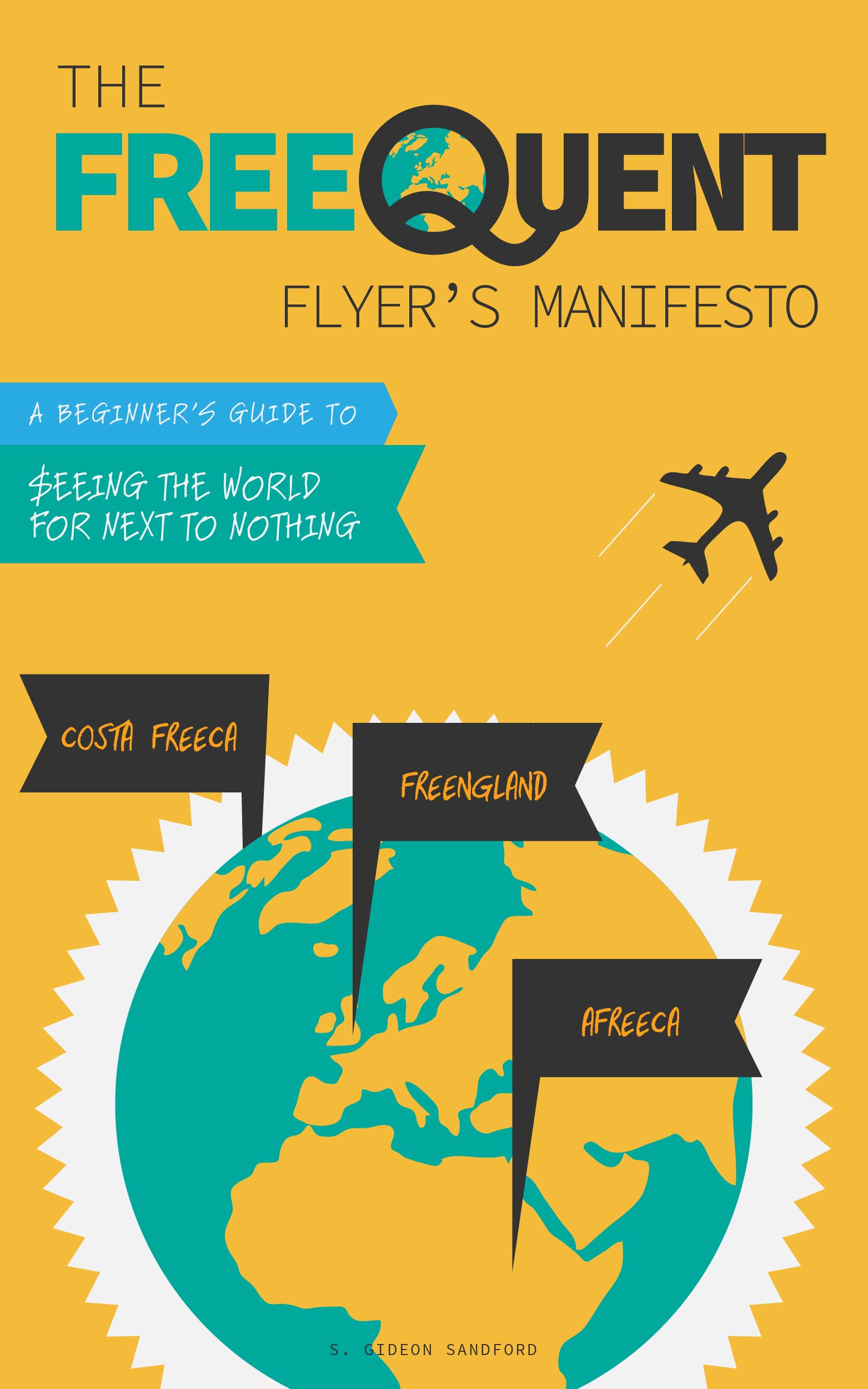My good Delta companion certificate redemption proves how bad companion certificates are
/I rarely pretend that my posts are supposed to be "timely," but since the new Bank of America Alaska Airlines Visa Signature credit card, with its $0 base fare companion ticket, instead of the $99 base fare companion ticket the card has traditionally offered, has occupied the blogosphere for the last few weeks, and since I just received and redeemed my American Express Delta Platinum Business credit card companion certificate, this seems as timely a moment as any to revisit the issue.
The problem with Delta companion certificates
There are two conflicting issues when redeeming the Delta companion certificates offered by the American Express personal and business Delta Platinum and Reserve credit cards:
- Certificates can only be redeemed for flights in fare classes L, U, T, X, and V. Those are, naturally, the cheapest 5 fare classes (plus E), which sell out first as people book their tickets and the departure date approaches.
- Flights in those fare classes are, as you'd expect, cheaper than flights in the more expensive fare buckets.
In other words, Delta and American Express have contrived to "cap" the cost of offering free companion tickets by allowing their redemption only on flights that are far enough in the future, and empty enough, that they're unlikely to cost very much.
To maximize the value of a Delta companion ticket redemption, therefore, you'd want to find a flight sufficiently far in the future that "cheap" fare buckets are still available, but to an expensive destination in the continental United States.
My Delta companion certificate redemption was close to ideal
Fortunately, I grew up in Montana and while my hometown is served by several airlines, including Delta, tickets there are unspeakably expensive. I've been watching tickets home for the Western Montana Fair for the last month or so, until my companion fare certificate finally posted last week to my Delta account (the last two years, my companion certificate has posted on May 4, while my anniversary statement closes on May 20; do with this information what you will).
On May 4 the two tickets I needed were retailing for $774, which meant I could redeem my companion certificate and get $1,548 in airfare for $824 (after taxes and fees are applied to the second ticket).
Of course, I'm also due to pay a $195 annual fee for the credit card, bringing my total out-of-pocket expense to $1,019, roughly a 34% discount off the retail price of both tickets.
Not bad! Unless you're a travel hacker.
I overpaid by $219
The key insight travel hacking provides is that two $774 tickets are not worth $1,548. They're worth $800. That's because I can redeem 40,000 US Bank Flexperks Travel Rewards Flexpoints for each ticket, or I can redeem those points for 1 cent each, i.e., $800 in total. In other words, I paid $1,019 for $800 in airfare.
What companion certificates are and aren't good for
I stand by my decision to redeem this particular companion certificate for this particular flight, primarily because Delta companion certificates are so difficult to use, given the fare class restrictions, that there's no certainty of being able to redeem them at all (I have tried, unsuccessfully, to pawn off my certificates to family members in the past).
There's a sort of core logic to redeeming your most restrictive travel instruments (free night certificates, companion certificates) where possible before redeeming more flexible instruments (miles, points, and fixed-value award currencies).
And indeed, by securing a "mere" 34% discount on this pair of flights, I'm left with the same 80,000 Flexpoints, worth up to $1,600 in airfare, that I would have otherwise redeemed. I haven't "lost" anything by redeeming the companion certificate instead.
However. This game of rolling forward "more valuable" points currencies while redeeming "less valuable" travel instruments is just another way of keeping large, unredeemed (and therefore worthless) points balances and reducing your total return on your travel hacking practice. Your travel hacking objective should not be to get the most value possible from your least valuable rewards, but to identify and get the most value possible from your most valuable rewards!
Conclusion
The point of this post isn't to say that "companion tickets are worthless." Companion tickets aren't worthless, but they're valuable only to the extent they can be integrated into a coherent travel hacking practice.
That means, for the most part, that they're best redeemed for cheaper, rather than more expensive flights. The logic should be obvious: more expensive flights are more target rich environments, where airline miles and fixed-value currencies like US Bank Flexpoints are likely to shine.
Cheaper flights pose a real problem: you can redeem fixed-value currencies like Chase Ultimate Rewards for 1.25 cents each, or Membership Rewards points for 2 cents each (for certain American Express Business Platinum customers), but those are also currencies with more potential upside on more expensive tickets and other kinds of travel redemptions.
Paying $200 for two $200 tickets won't save you much cash, because it's hard to save much cash on tickets that cheap. However, it's likely to be a better use of a companion certificate than a 34% discount on an $800 ticket, for the simple reason that on an $800 ticket you can do better.


